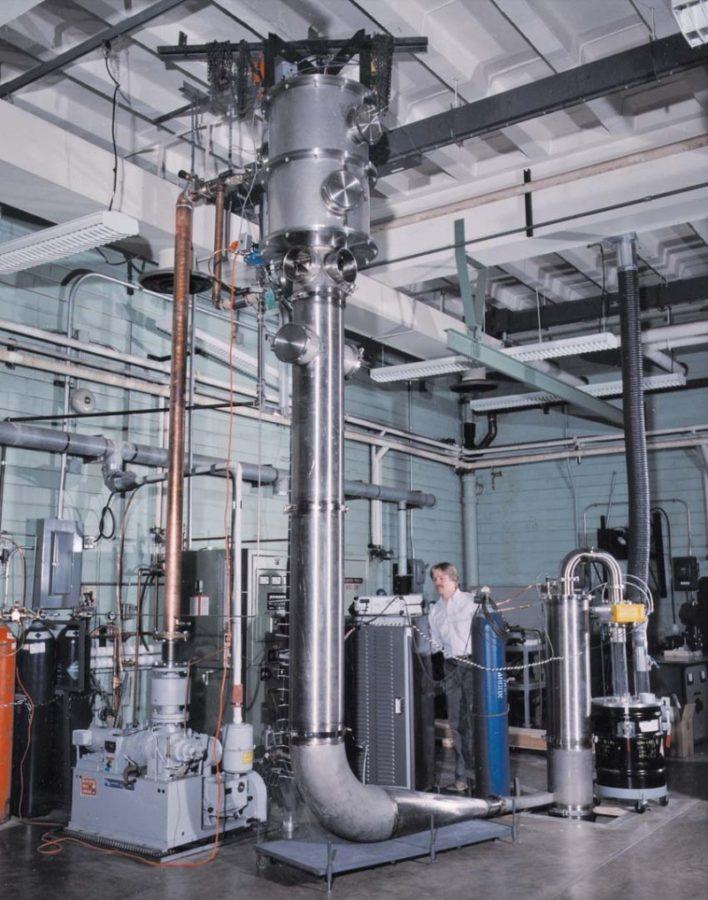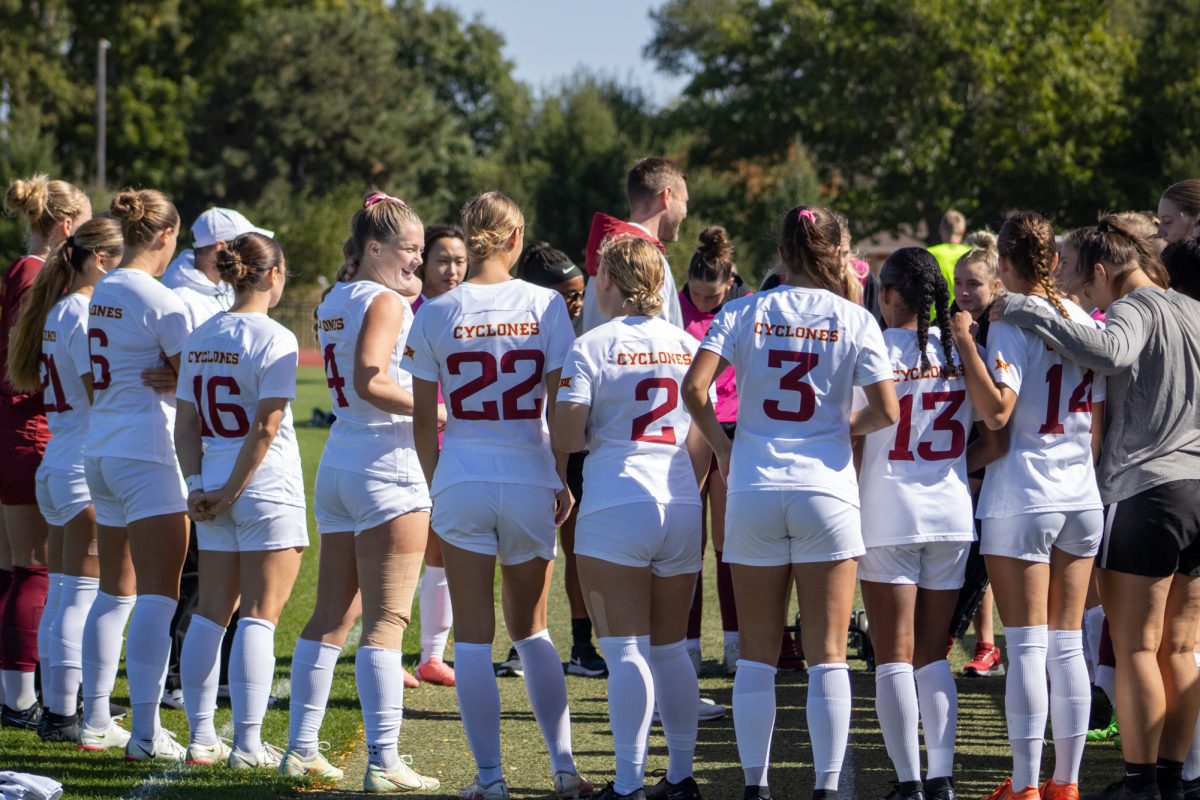Ames Lab to create new program
Photo courtesy of Ames Laboratory, USDOE
Photo courtesy of Ames Laboratory, USDOE
July 22, 2018
The Ames Laboratory will be creating a new program focusing on the advancement of topological semimetals.
Robert McQueeney, an Iowa State professor and senior physicist at the Ames Laboratory, will be directing the Center for the Advancement of Topological Semimetals (CATS), which is being funded by a $10.75 million project through the Department of Energy for the next four years.
In its most basic form, a topological semimetal is a material that can be changed easily while still holding the same properties and acts as a semiconductor with unique magnetic properties. It can have many uses ranging from efficient conduits in a circuit to very technical uses in electronic devices to applications in quantum sensing.
The interest in these materials is growing because people want smaller devices with less charging time and the ability of materials like silicon to perform these tasks will reach a limit. So if the trend of electronic devices getting better is to continue, new materials will be needed and topological semimetals are some materials that show promise, McQueeney said.
“We want to take these ideas that people have about materials, and try to make the materials and prove that they have these properties,” McQueeney said. “Then we will try to optimize these materials to have more and more desirable functionalities that can be used to make a device.”
CATS, which will be lead by the Ames Laboratory, will have contributions from many different labs. These laboratories include the Argonne National Laboratory and the Los Alamos National Laboratory as well as the laboratories at Harvard University, the University of California-Santa Barbara, the Massachusetts Institute of Technology and the University of Waterloo.
CATS has three main goals: The first is finding or creating materials for testing. The next is taking materials and making them into heterostructures. Heterostructures are layers of the new materials, which are then used to try and gain a certain functionality. The third and final goal, McQueeney said, is to use things like lasers to try to manipulate the heterostructures.
McQueeney said the best example of the three goals of CATS as a successful work is the work done by the recipients for the 2007 Nobel Prize in Physics.
According to nobelprize.org, the recipients for this award were Albert Fert and Peter Grünberg for “The Discovery of Giant Magnetoresistance.”
“We have a set of senior investigators who are responsible for different technical aspects of the Center, but they all need students in close stock to do the majority of the technical work with the investigators overseeing the technical work,” McQueeney said.
CATS will have open positions for graduate students or post doctoral research students. Information about these positions can be found by looking online at the Ames Laboratory website or by speaking with McQueeney.







